Koto
Koto (like Japanese harp) originally came from China to Japan in Nara Period (710-784 A.D.) It used to be an instrument for aristocrats and has been a representative of traditional Japanese instruments, commonly played in Gagaku. Gakaku is the traditional orchestra for court music, having a 1200-year history. It consisted of wind, stringed and percussion instruments such as Shinto flute, Koto and Japanese drum. Koto was often played independently from the Gagaku ensemble and was gradually developed as an instrument accompaniment to songs. The value of Koto was recognized among aristocrat in many years. After the 17th century, Koto has become musical instruments enjoyed also by a general people. In recent years, music as entertainment is rapidly spread and diversified among people.
The renewed recognition of beauty and sensitivity of tones played on Japanese instruments is bringing back Koto into the spotlight. The Body of Koto is made from paulownia wood. There are 13 strings. The chords are made from silk, but tetron is lately becoming mainstream as a material. To play the Koto, you need to wear Kototsume, three picks held on by band, on the thumb and first two fingers of right hand. Besides classical 13 stringed Koto, new types of Koto have been invented in 20 Century. There are17, 20 ,25 and 30 stringed Koto and able to play varied modern music, with much wider rang of tones.
There is Japanese saying that is " Touch the chord of Koto." It means that to touch the heartstrings of someone. Koto is the instrument plays the sound of hearts of Japanese people.
20 strings Koto
The existing classical 13 strings Koto has tuned basically 5 music scales, however 20 stings Koto is based on seven scales and evolved for western music, a contemporary music, and a further possibility. 20 strings Koto and Gayo have been miraculously born in the same year.

 【concert】
【concert】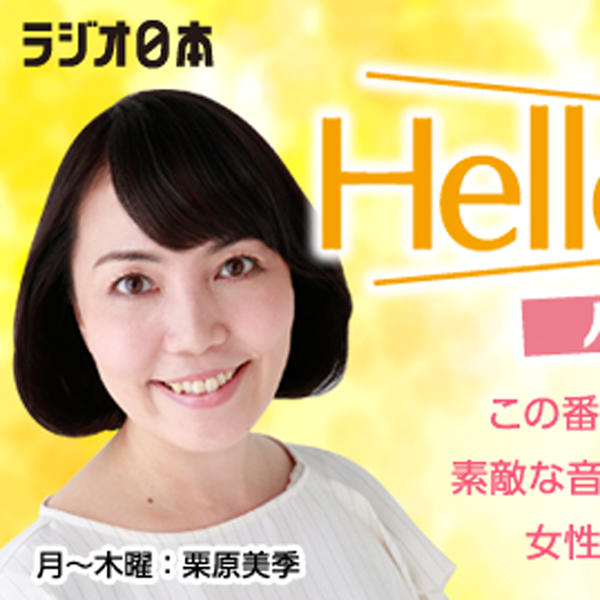 【media/radio】
【media/radio】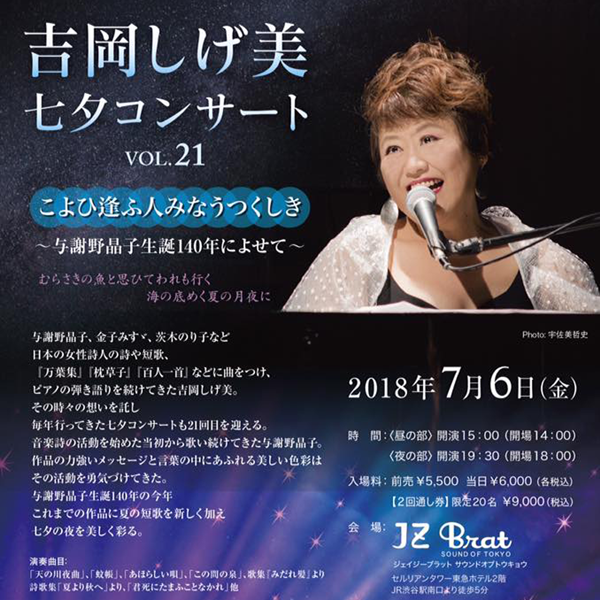


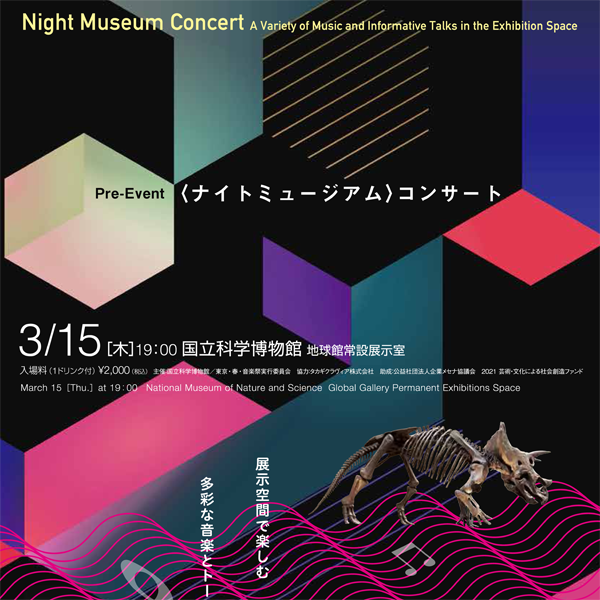
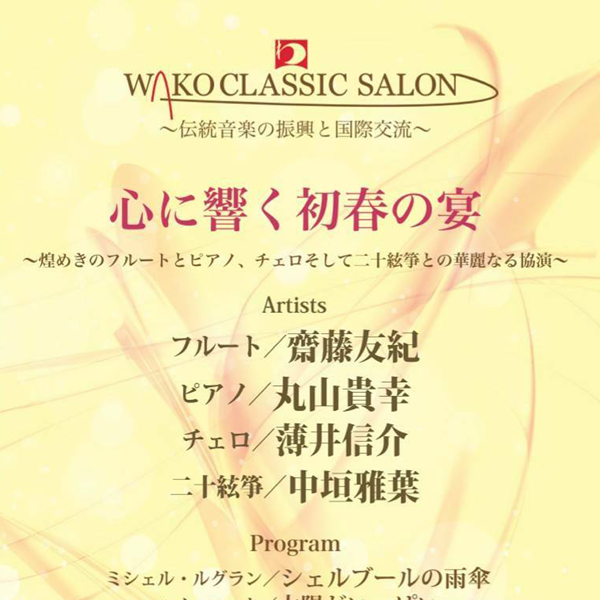

 [Lapsing Days]
[Lapsing Days]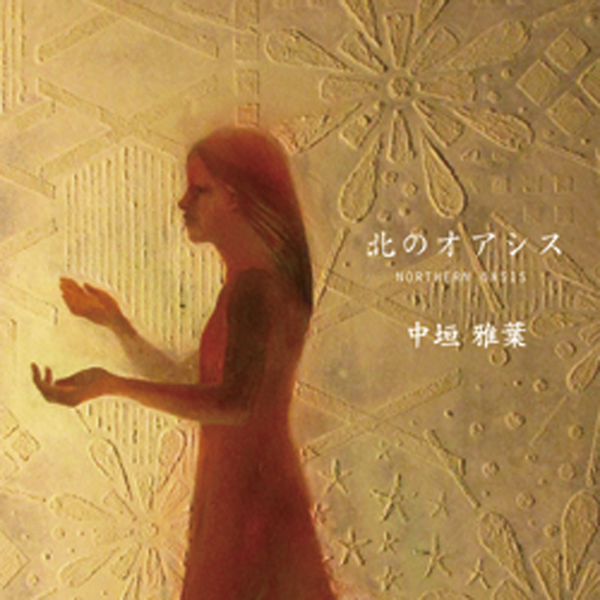 [Northern OASIS]
[Northern OASIS]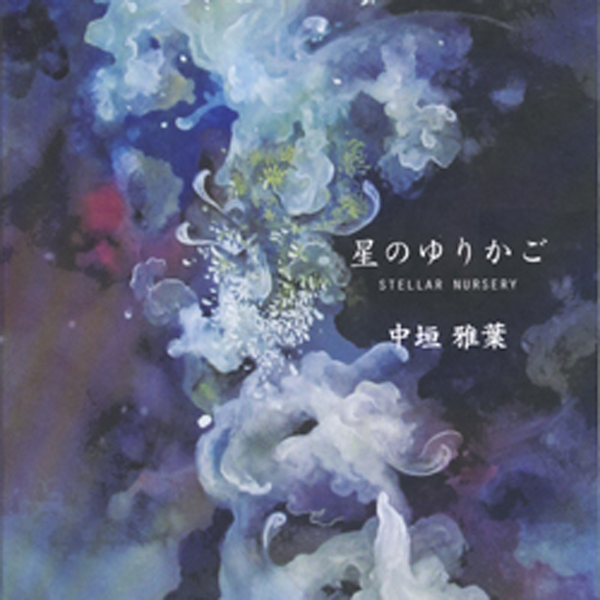
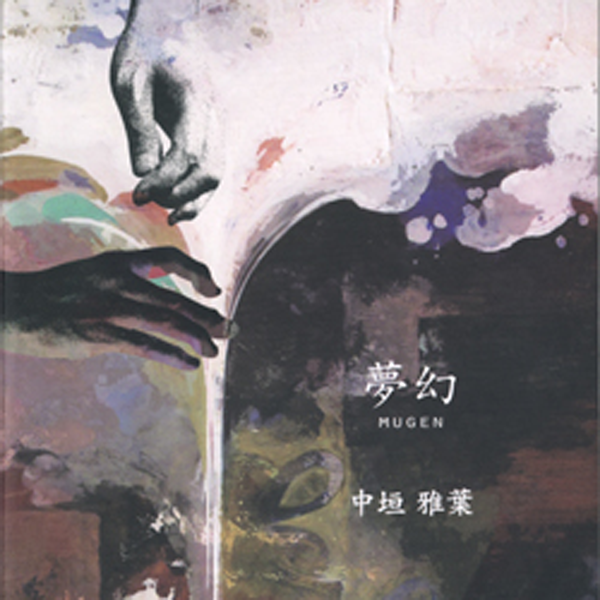 [Mugen]
[Mugen]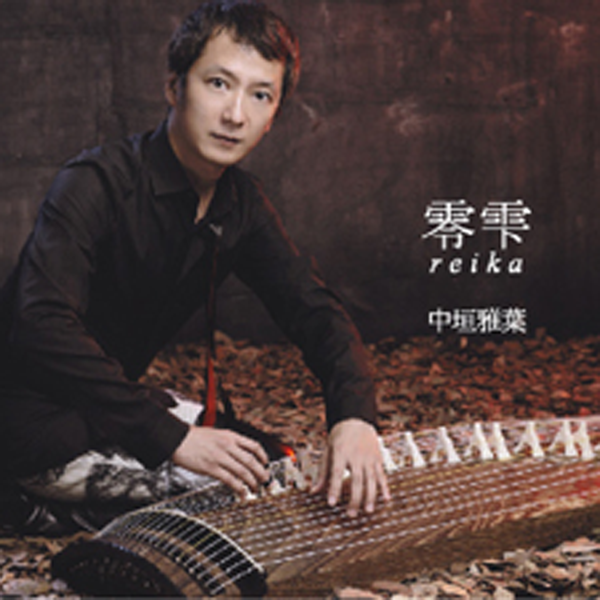 [Reika]
[Reika]